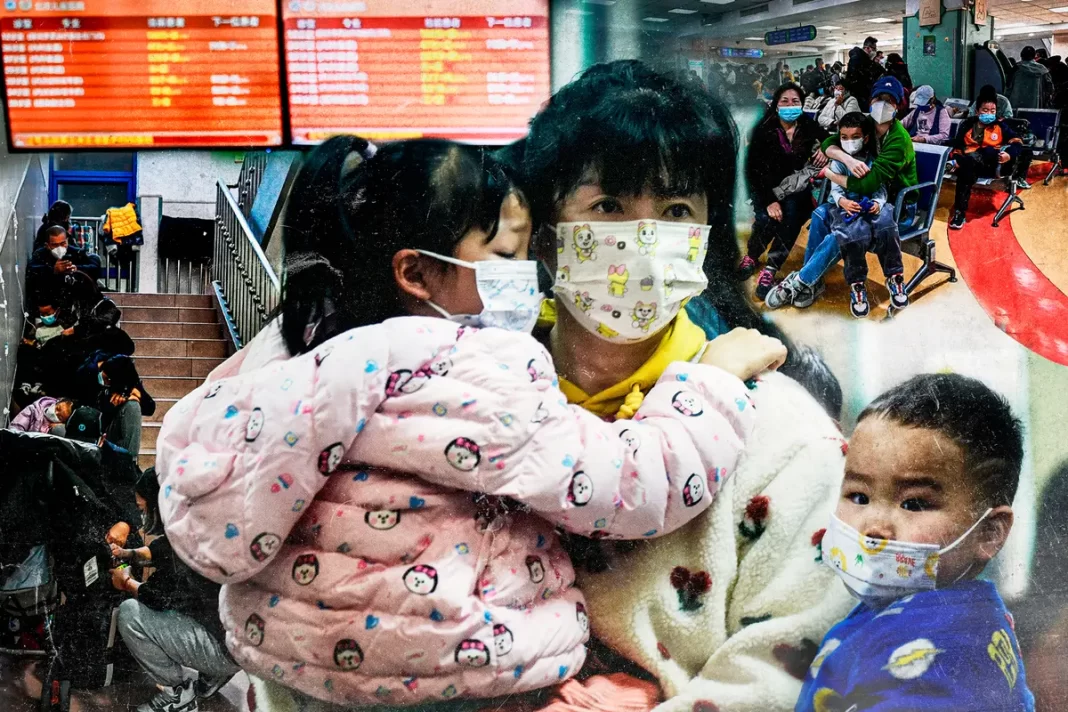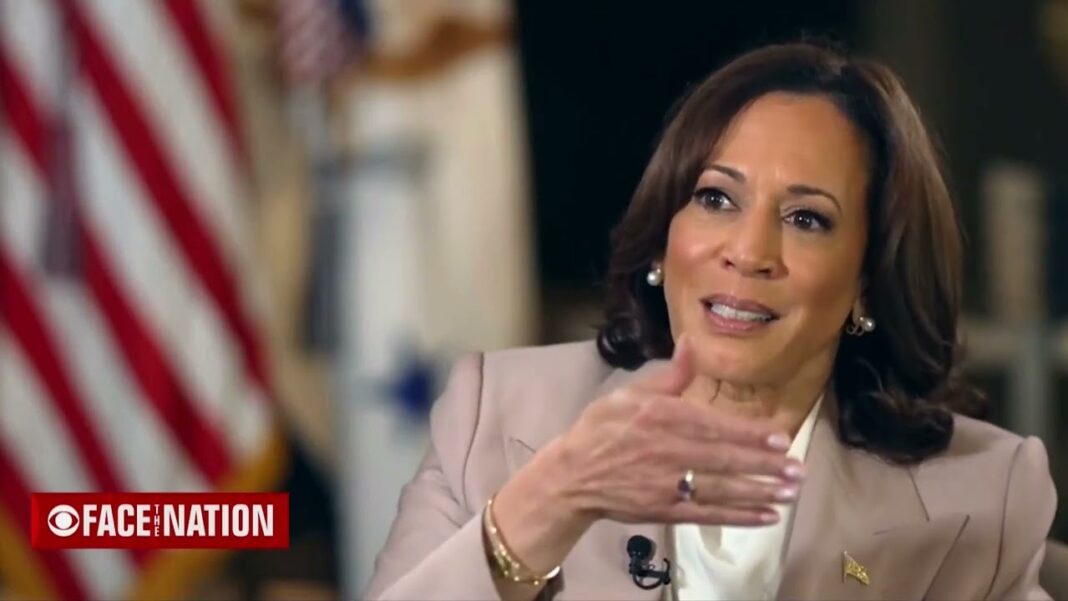‘I don’t trust anything the Chinese say—not a word,’ says U.S. lawmaker as agencies struggle to get clear data from the Chinese regime.
The sense of helplessness that has gripped the Chinese people on and off since the start of the COVID-19 pandemic three years ago is again returning as the country grapples with an unidentified pneumonia outbreak that is sickening children and overwhelming hospitals.
In strollers, or carried by their parents, sick children have been filling hospital waiting rooms, hallways, and spilling outside the main gates. They wait for hours hoping for their number to be called on the loudspeaker before the day is over.
Waiting up to 12 hours is not uncommon—if one can get in line at all. After staying past midnight in a hospital hallway teeming with people, a Beijing resident shared a photo while holding a ticket number in the 1800s—the placement in the day’s queue—reminding would-be visitors to bring a stool with them, because “there’s nowhere to sit if you need to get an IV drip.”
From north to south, the spike in children’s respiratory hospitalizations is shutting classrooms and pushing health authorities to issue a flurry of announcements telling teachers and students who feel unwell to stay home.
“Everyone in the class is coughing—you can’t even hear what the teacher is saying,” a man surnamed Chen told The Epoch Times, recounting what he heard from his school-aged daughter from Beijing.
Just like three years ago, the Chinese Communist Party (CCP) appears dismissive of the disease’s risk, telling a concerned World Health Organization that there are no “unusual or new pathogens” or clinical symptoms.
The regime partially attributed the uptick to a mid-October upgrade in a respiratory surveillance mechanism, and asserted that the existing Chinese hospital capacities have been sufficient to handle the situation.
By Eva Fu








